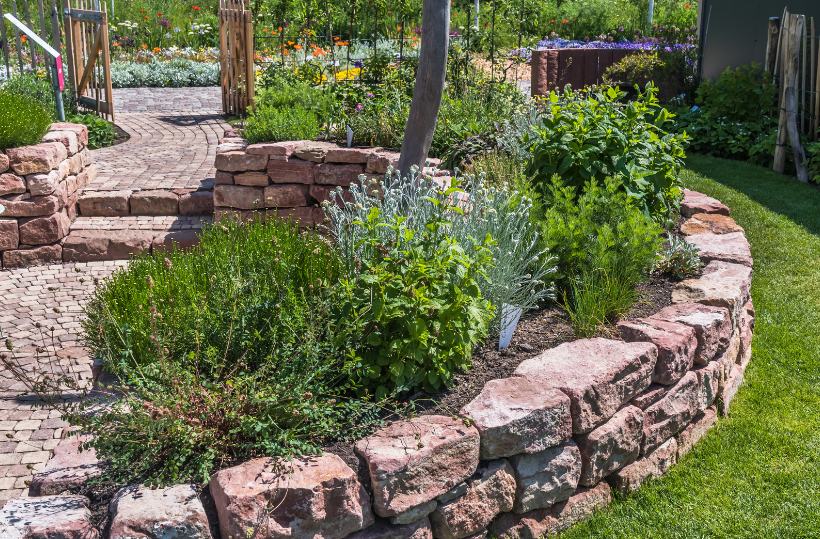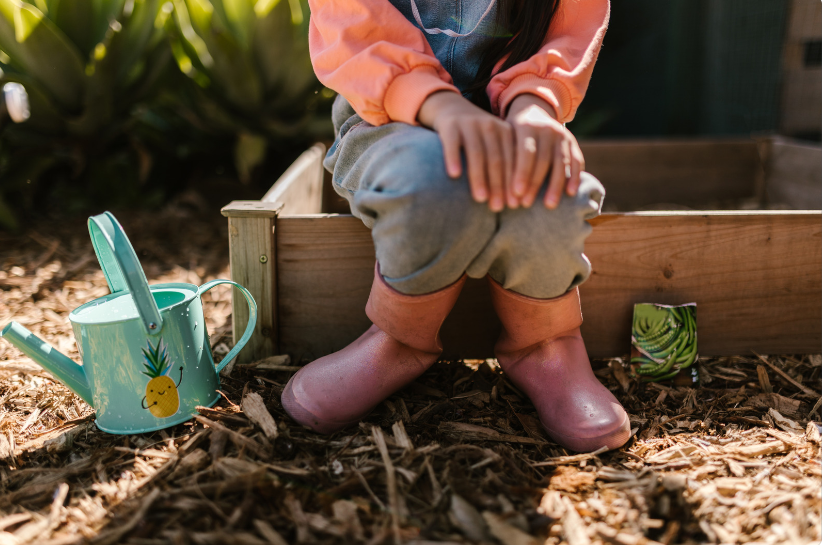Caring for a Newly Planted Tree
Planting young trees is a rewarding investment in the future beauty and health of your landscape. Proper care during the early stages of a tree’s life is crucial for ensuring it establishes a strong foundation and grows into a robust, mature tree. Here’s a comprehensive guide on how to plant and care for young trees, setting them up for long-term success.
Choosing the Right Tree
Before planting, selecting the right tree for your landscape is essential. Consider factors such as the tree’s mature size, growth rate, and suitability to your local climate and soil conditions. Opt for species that thrive in your region and are appropriate for the space available. For example, a large oak might not be suitable for a small urban garden, whereas a compact dogwood could be a perfect fit.
Preparing the Planting Site
Choose a planting site that provides adequate space for the tree to grow to its full size. Ensure it is far from structures, power lines, and other plants that could compete for resources. Before planting, we recommend testing your soil to determine its pH and drainage characteristics. Most trees prefer well-drained, loamy soil. If your soil is clayey or sandy, you might need to amend it with organic matter to improve its structure and fertility.
Once the soil is prepared, clear the planting area of weeds and grass to reduce competition for nutrients. Dig a hole that is twice as wide and as deep as the root ball of the young tree. This allows the roots to spread out easily and establish a strong base.
Planting the Tree
The best time to plant young trees is during the dormant season, either in late fall or early spring. This minimizes transplant shock and allows the tree to acclimate before the growing season. Gently remove the tree from its container or burlap wrapping. Place it in the center of the hole, ensuring that the top of the root ball is level with or slightly above the surrounding soil. Backfill the hole with the original soil, tamping it down gently to eliminate air pockets. Water the tree thoroughly after planting to help settle the soil around the roots.
Watering and Mulching
Young trees require regular watering to establish their root systems. Water deeply once a week, especially during dry periods. Ensure the soil remains consistently moist but not waterlogged. Reduce watering frequency as the tree matures and becomes more established.
We recommend applying a layer of mulch around the base of the tree, extending it out to the drip line. Mulch helps retain soil moisture, suppress weeds, and regulate soil temperature. Use organic mulch, such as wood chips or bark, and keep it 2-4 inches deep. Avoid piling mulch directly against the tree trunk, as this can cause rot.
Pruning and Training
Minimal pruning is needed for young trees. Focus on removing any broken or damaged branches and shaping the tree to develop a strong central leader and well-spaced lateral branches. Proper pruning helps establish a strong framework for future growth. If necessary, use stakes or tree guards to provide support and guide the tree’s growth. Ensure any supports do not constrict the trunk or branches. Remove stakes once the tree is established and can stand on its own.
Fertilizing and Protecting
Young trees may benefit from a balanced fertilizer applied in early spring. However, over-fertilizing can harm young trees, so follow recommended guidelines and avoid excessive applications. Keep an eye out for pests and diseases that could affect your young tree. Regular inspections and prompt action can prevent minor issues from becoming major problems. Additionally, protect the tree from mechanical damage, such as lawnmower or string trimmer impacts, which can injure the trunk.
Planting and caring for young trees requires attention to detail and ongoing commitment, but the rewards are well worth the effort. By choosing the right species, preparing the site properly, and providing consistent care, you’ll help your young trees establish strong roots and grow into majestic, healthy specimens. With patience and diligence, you’ll enjoy the beauty and benefits of mature trees for years to come. If you ever need a helping hand with any of these tree care tasks, Dartmouth Landscaping is here to help with digging, mulching, fertilizing, and more!
You might also like



